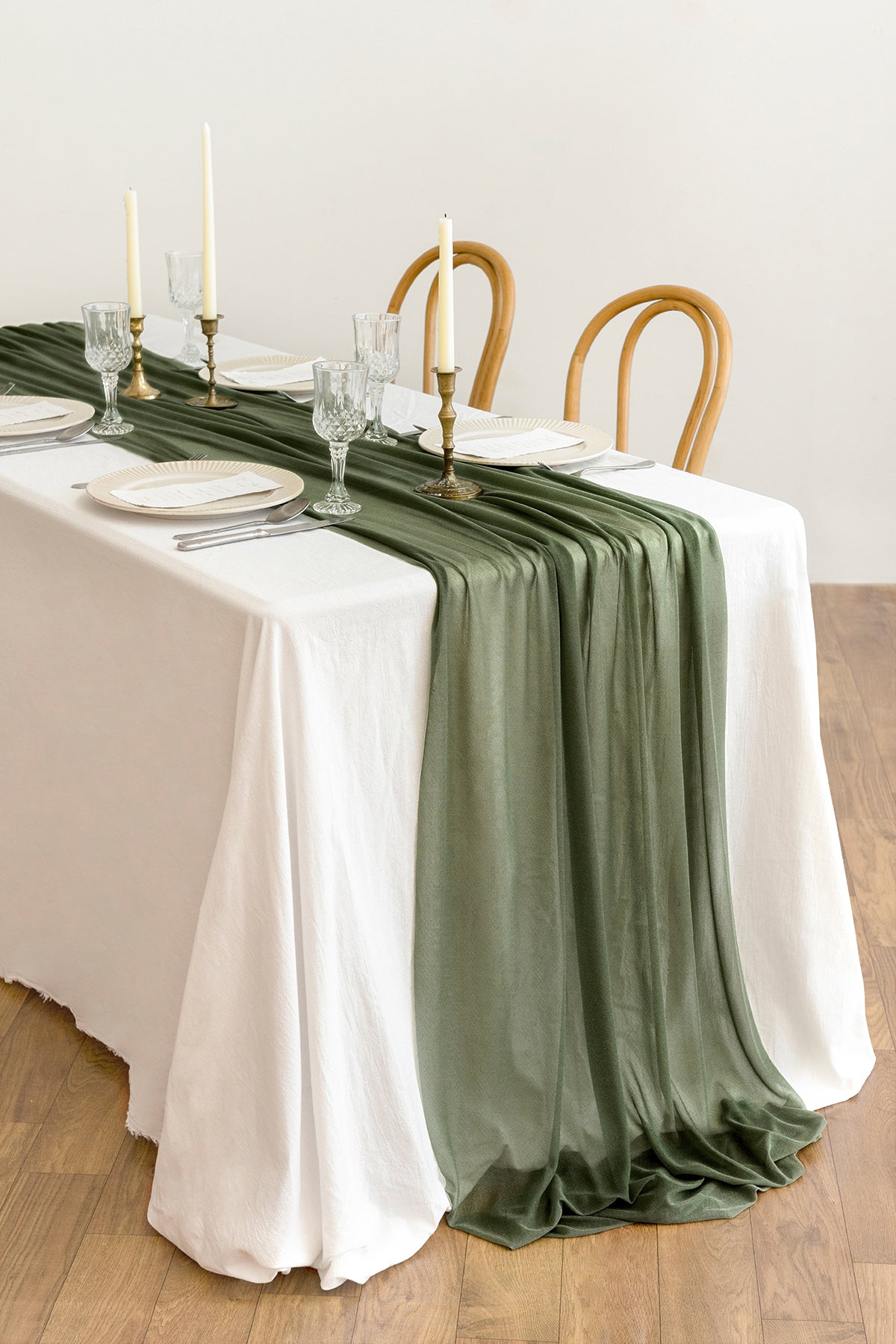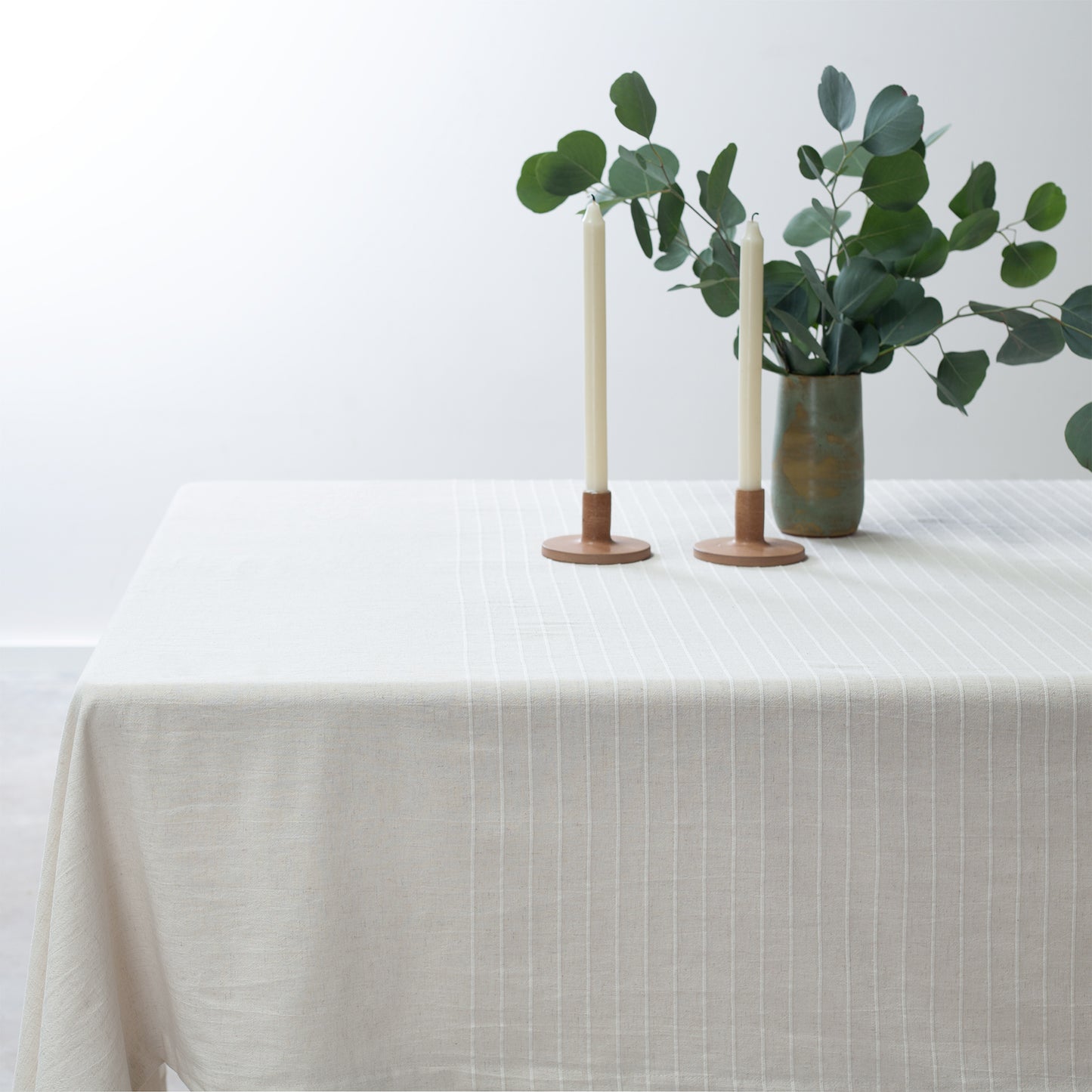Bed Linen Textile Advancements: Discovering Modern Trends and Creative Applications in Layout and Textile Market
From sustainable production methods to innovative weaving innovations, the evolution of bed linen is reshaping the landscape of the fabric industry. As we delve into the realms of innovative layout applications and the appearance of bed linen blends and crossbreed textiles, a brand-new phase unfolds in which linen's role in future fabric advancements takes center stage.
Sustainable Practices in Linen Manufacturing
Lasting techniques in linen production have ended up being significantly important in the fabric industry's initiatives to reduce ecological impact and advertise honest sourcing methods. Linen, an all-natural fiber obtained from the flax plant, provides a series of advantages such as breathability, biodegradability, and resilience. However, typical techniques of bed linen production can entail significant water intake, pesticide usage, and energy-intensive procedures.
To deal with these obstacles, numerous fabric manufacturers are taking on sustainable methods throughout the bed linen manufacturing process. This includes sourcing flax from organic farms that stay clear of damaging chemicals and chemicals, executing water-efficient retting strategies to essence fibers from the flax stalks, and using green dyes and coatings. Additionally, some business are spending in renewable resource sources to power their manufacturing facilities and minimizing waste via recycling and upcycling initiatives.
Technological Improvements in Bed Linen Weaving
With the expanding emphasis on sustainable techniques in linen production, the textile market is now experiencing a rise in technical advancements particularly aimed at revolutionizing the art of linen weaving. These developments are reshaping the method linen materials are created, using boosted performance, quality, and creativity in weaving techniques.
One of the key technological advancements in linen weaving is the integration of electronic looms. These sophisticated looms are outfitted with software program that permits intricate and intricate layouts to be woven with accuracy. By digitizing the weaving procedure, makers can accomplish higher consistency and precision in their bed linen materials.
Moreover, advancements in yarn spinning modern technology have actually allowed the production of finer and more sturdy bed linen yarns - table cloths. This results in softer and smoother bed linen materials that keep their quality also after several uses and washes
Additionally, the growth of eco-friendly dyeing processes and finishes for bed linen materials is acquiring traction. These lasting methods not only reduce the ecological influence but additionally cater to the raising consumer demand for morally generated fabrics.
Creative Design Applications for Bed Linen
Cutting-edge artistic techniques are increasingly shaping the creative layout applications for bed linen in the textile market. Bed linen's all-natural visual appeal and capability to mix with various other materials make it a preferred selection for creating distinct garments and accessories that provide to the eco conscious consumer.
Moreover, developers are trying out with bed linen in home decor, utilizing its breathable and long lasting nature to craft fashionable home furnishings such as curtains, bed linens, and furniture. The texture and drape of linen bring a sense of elegance and comfort to interior areas, adding a touch of sophistication to modern-day homes.

Linen Blends and Crossbreed Fabrics

Crossbreed materials, on the other hand, take the principle of blending address an action additionally by integrating additional components such as metallic strings, recycled materials, or conductive fibers. These innovative fabrics not only increase the style possibilities yet also present functional facets like conductivity, antimicrobial buildings, or improved resilience. Crossbreed fabrics are increasingly being used in various sectors, including style, interior decoration, and technological textiles, where the need for multifunctional materials gets on the surge.
Linen's Function in Future Fabric Innovations

In the realm of future textile advancements, bed linen is anticipated to be a key player in the advancement of advanced practical materials. Scientists and developers are exploring ways to improve linen's intrinsic qualities through technological developments, such as integrating wise textiles, nanotechnology, and performance finishes. These developments intend to raise bed linen's efficiency features, making it ideal for a more comprehensive variety of applications, from activewear to safety apparel.
Moreover, the combination of bed linen with various other natural or synthetic fibers opens up limitless opportunities for producing unique fabrics with special properties and functionalities. By leveraging bed linen's features and discovering cutting-edge blends, the fabric market is poised to introduce amazing growths that deal with advancing customer requirements and sustainability requirements.
Conclusion
To conclude, the expedition of sustainable practices, technological innovations, innovative style applications, linen blends, and its duty in future fabric advancements highlight the continuous evolution of bed linen material in the modern layout and fabric industry. With a concentrate on advancement and imagination, the flexibility and environmentally friendly nature view of bed linen make it a useful material for suppliers and designers alike, leading the way for further growths and developments in the area of textiles.
As we delve right into the worlds of innovative layout applications and the introduction of bed linen blends and hybrid textiles, a new phase unfolds in which bed linen's role in future textile innovations takes center phase.
Exploring the blend of linen with other textiles has led to the appearance of cutting-edge blends and crossbreed textiles in the modern fabric industry. Bed linen blends supply a distinct mix of the qualities of bed linen with those of various other fibers, resulting in fabrics that possess boosted residential properties such as increased toughness, enhanced draping, and lowered wrinkling.The evolution of linen blends and crossbreed textiles has set the stage for Bed linen to play a crucial role in driving future textile technologies.In the realm of future textile advancements, bed linen is expected to be a key player in the advancement of innovative useful fabrics.